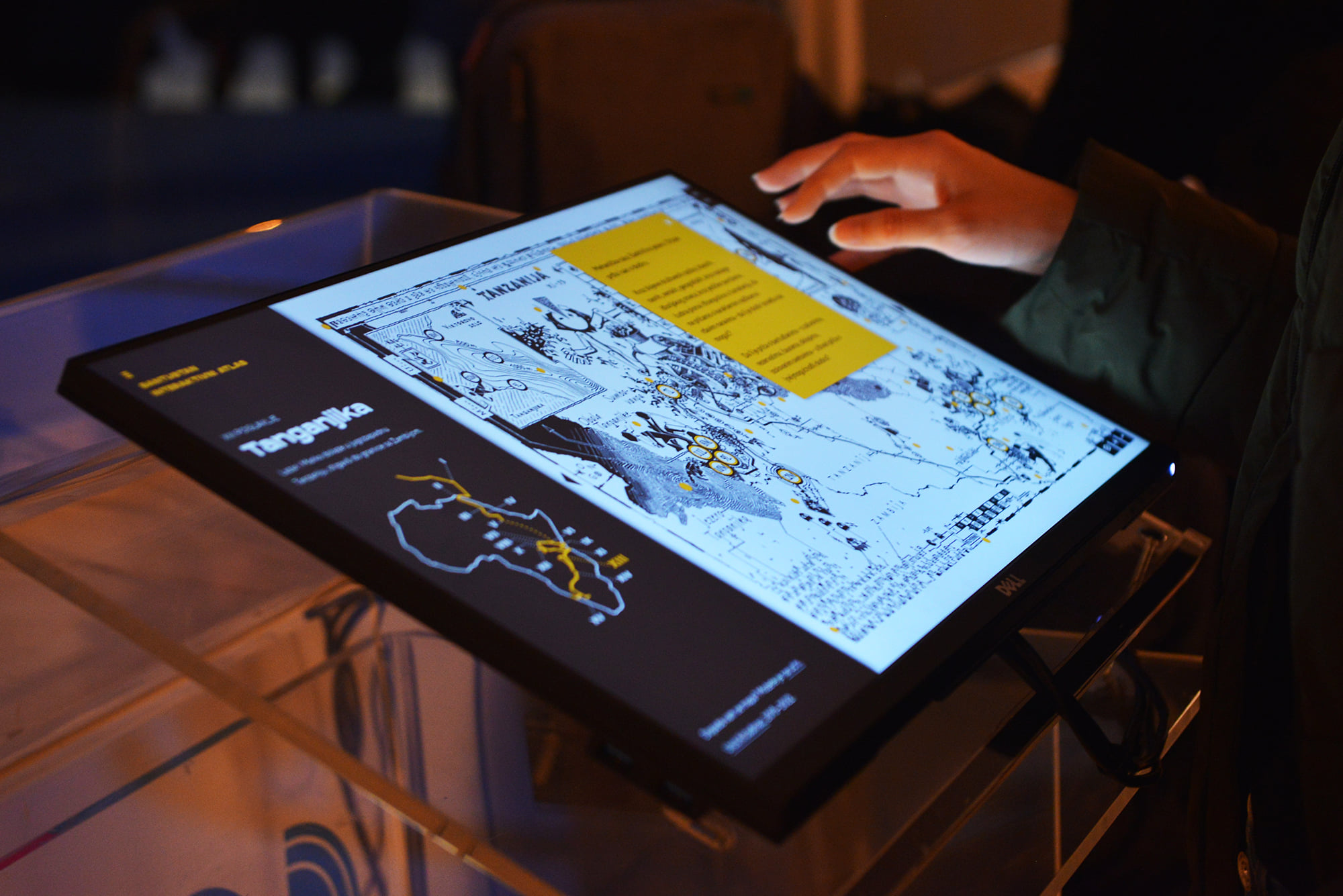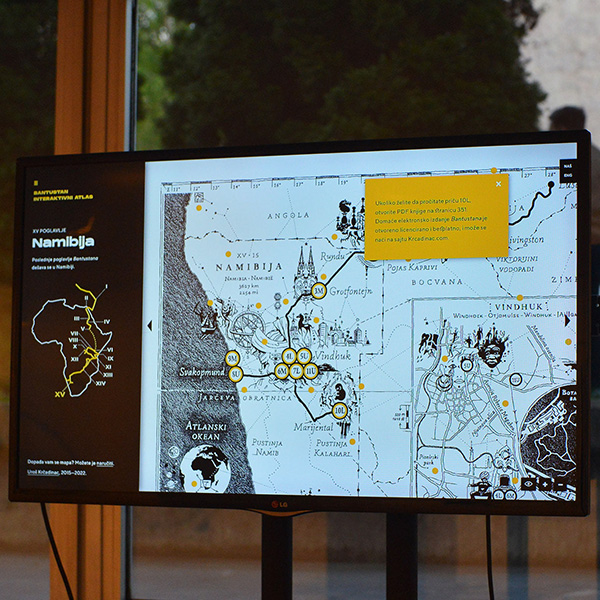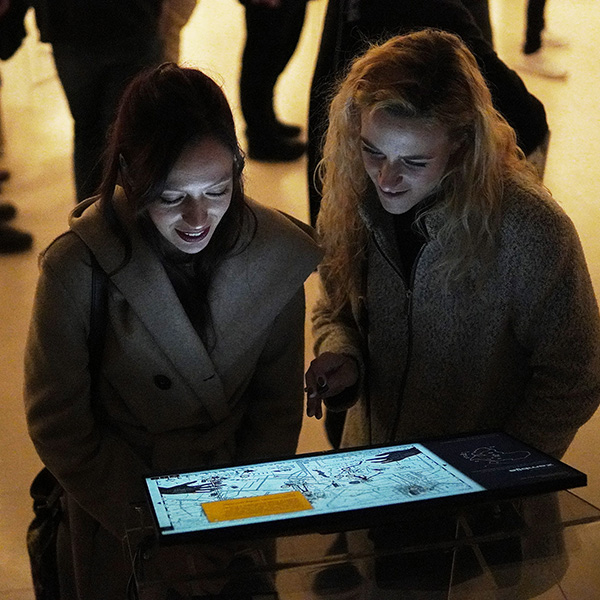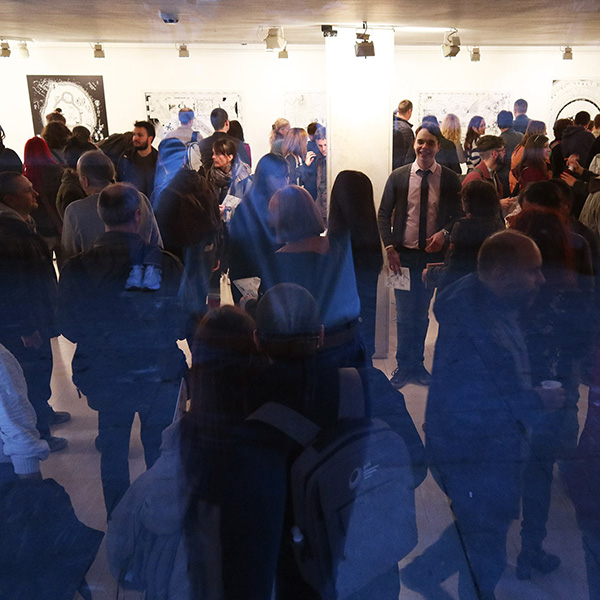Bantustan: Atlas of an African Journey was published in 2015 (Serbo-Croatian edition) and 2021 (English edition) by The Travel Club (Klub putnika), a pan-Balkan hub for travel writers and independent travellers. It is available in Serbo-Croatian as a free e-book with an open licence.
The book was written by Uroš Krčadinac, Lazar Pašćanović and Marko Đedović. An infographic travel novel about a 2010 journey trought Africa, Bantustan is a story of division, isolation, contact, and imagining new cartographies of human relationships on a shared globe.
Including a series of hand-illustrated maps, infographics, and data visualizations for non-linear reading, Bantustan is an example of ergodic and interactive literature. Readers can choose how to read the book: in a traditional linear fashion or using maps as visual interfaces for jumping from one story to another.
Uroš Krčadinac's maps and visuals have been meticulously drawn by hand, digitally, using a drawing tablet. Maps represent a tapestry of pictograms, ideograms, different writing systems, coats of arms, labyrinths, secret messages, and other hidden symbols for readers to discover and decypher. The drawing process lasted a year.
At the exhibition, these maps were shown for the first time as wall graphics in a large format. The exhibition also showed the Bantustan Interactive Atlas, a digital commentary of the maps, a Web application designed, written, and built by Uroš Krčadinac especially for this exhibition. Bantustan Interactive Atlas contains explanations for all the symbols on the maps.
The first solo exhibition took place in the Students' City Culutral Centre Gallery in Belgrade, Serbia, under the editorial and curatorial leadership of Maida Gruden, head of the SCCC visual art department. The second one took place in Skopje, N. Macedonia, in the Gallery of the Faculty of Fine Arts in cooperation with the Macedonian Cultural Center, as part of the literary festival Nova prikazna. ■
— Emilia Epstein, Curator at the Museum of African Art in Belgrade
— Ana Knežević, Curator at the Museum of African Art in Belgrade
— Dr Ildiko Erdei, Professor of Antropology at the University of Belgrade
— Mane Radmanović, graphic artist, designer and educator



